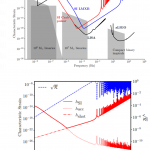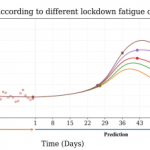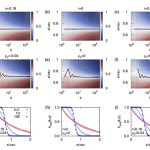Published 4 November 2021
I.H. Park, K.-Y. Choi, J. Hwang, S. Jung, D.H. Kim, M.H. Kim, C.-H. Lee, K.H. Lee, S.H. Oh, M.-G. Park, S.C. Park, A. Pozanenko, C.D. Rho, N. Vedenkin and E. Won
Journal of Cosmology and Astroparticle Physics 2021.11 (2021): 008.
Abstract
We propose a new method to detect gravitational waves, based on spatial coherence interferometry with stellar light, as opposed to the conventional temporal coherence interferometry with laser sources. The proposed method detects gravitational waves by using two coherent beams of light from a single distant star measured at separate space-based detectors with a long baseline. This method can be applied to either the amplitude or intensity interferometry. This experiment allows for the search of gravitational waves in the lower frequency range of 10−6 to 10−4 Hz. In this work, we present the detection sensitivity of the proposed stellar interferometer by taking the detector response and shot and acceleration noises into account. Furthermore, the proposed experimental setup is capable of searching for primordial black holes and studying the size of the target neutron star, which are also discussed in the paper.


